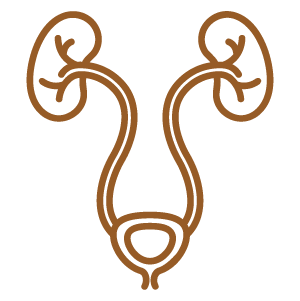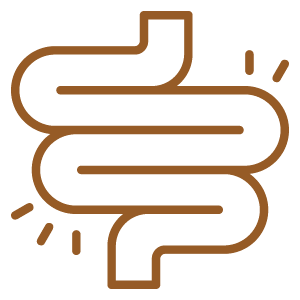Afshar, K., Fleischmann, N., Schmiemann, G., Bleidorn, J., Hummers-Pradier, E., Friede, T., Wegscheider, K., Moore, M., & Gágyor, I. (2018). Reducing antibiotic use for uncomplicated urinary tract infection in general practice by treatment with uva-ursi (REGATTA) – a double-blind, randomised, controlled comparative effectiveness trial. BMC Complementary and Alternative Medicine, 18(1), 203. https://doi.org/10.1186/s12906-018-2266-x
Beaux, D., Fleurentin, J., & Mortier, F. (1999). Effect of extracts of Orthosiphon stamineus Benth, Hieracium pilosella L., Sambucus nigra L., and Arctostaphylos uva-ursi (L.) Spreng. in rats. Phytotherapy Research, 13(3), 222–225. https://doi.org/10.1002/(SICI)1099-1573(199905)13:3<222::AID-PTR447>3.0.CO;2-P
Bone, K. (2003). A clinical guide to blending liquid herbs: Herbal formulations for the individual patient. Churchill Livingstone.
Erichsen-Brown, C. (1979). Medicinal and other uses of North American plants. Dover Publications.
Genovese, C., Davinelli, S., Mangano, K., Tempera, G., Nicolosi, D., Corsello, S., Vergalito, F., Tartaglia, E., Scapagnini, G., & Di Marco, R. (2018). Effects of a new combination of plant extracts plus d-mannose for the management of uncomplicated recurrent urinary tract infections. Journal of Chemotherapy, 30(2), 107-114. https://doi.org/10.1080/1120009X.2017.1393587
Heinrich, M., Barnes, J., Gibbons, S., Williamson, E. M. (2012). Fundamentals of Pharmacognosy and Phytotherapy. Churchill Livinstone.
Hoffmann, D. (2003). Medical herbalism. Healing Arts Press.
Larsson, B., Jonasson, A., & Fianu, S. (1993). Prophylactic effect of UVA-E in women with recurrent cystitis: A preliminary report. Current Therapeutic Research, 53(4), 441-443. https://doi.org/10.1016/S0011-393X(05)80204-8
Lee, H.-J., & Kim, K.-W. (2012). Anti-inflammatory effects of arbutin in lipopolysaccharide-stimulated BV2 microglial cells. Inflammation Research, 61(8), 817-825. https://doi.org/10.1007/s00011-012-0474-2
Madaus, G. (1938). Lehrbuch der biologischen heilmittel [Textbook of biological remedies]. Leipzig, Germany: Thieme. Retrieved from https://www.henriettes-herb.com/eclectic/madaus/arctostaphylos.html
Mills, S., & Bone, K. (2013). Principles and practice of phytotherapy (2nd ed.). Elsevier.
Mount Sinai. (n.d.). Uva ursi. Mount Sinai Health Library. https://www.mountsinai.org/health-library/herb/uva-ursi
Sugier, P., Sęczyk, Ł., Sugier, D., Krawczyk, R., Wójcik, M., Czarnecka, J., Okoń, S., & Plak, A. (2021). Chemical characteristics and antioxidant activity of Arctostaphylos uva-ursi L. Spreng. at the southern border of the geographical range of the species in Europe. Molecules, 26(24), 7692. https://doi.org/10.3390/molecules26247692
World Health Organization. (2004). WHO monographs on selected medicinal plants: Volume 2. World Health Organization. https://apps.who.int/iris/handle/10665/42784
Zhang, B., Zeng, M., Li, B., Kan, Y., Wang, S., Cao, B., Huang, Y., Zheng, X., & Feng, W. (2021). Arbutin attenuates LPS-induced acute kidney injury by inhibiting inflammation and apoptosis via the PI3K/Akt/Nrf2 pathway. Phytomedicine, 82, 153466. https://doi.org/10.1016/j.phymed.2021.153466













